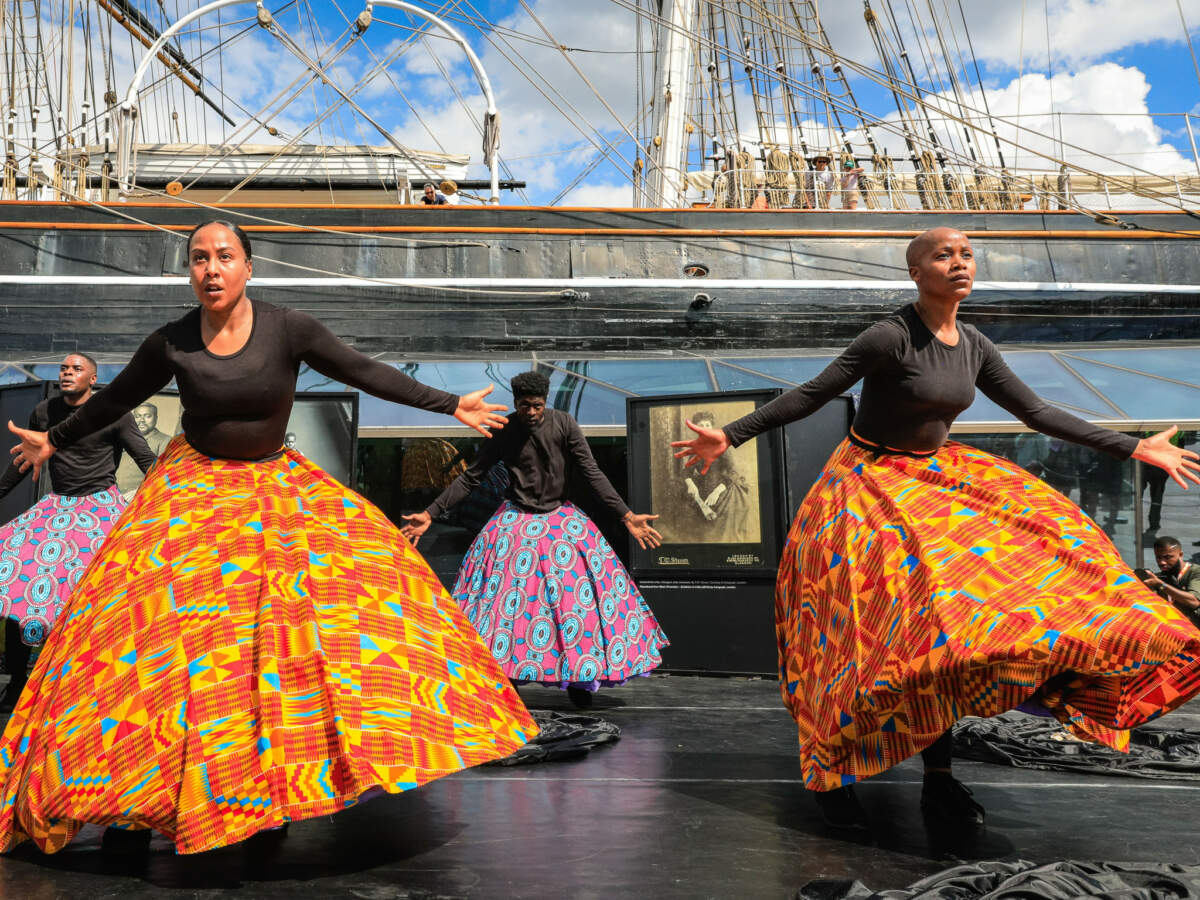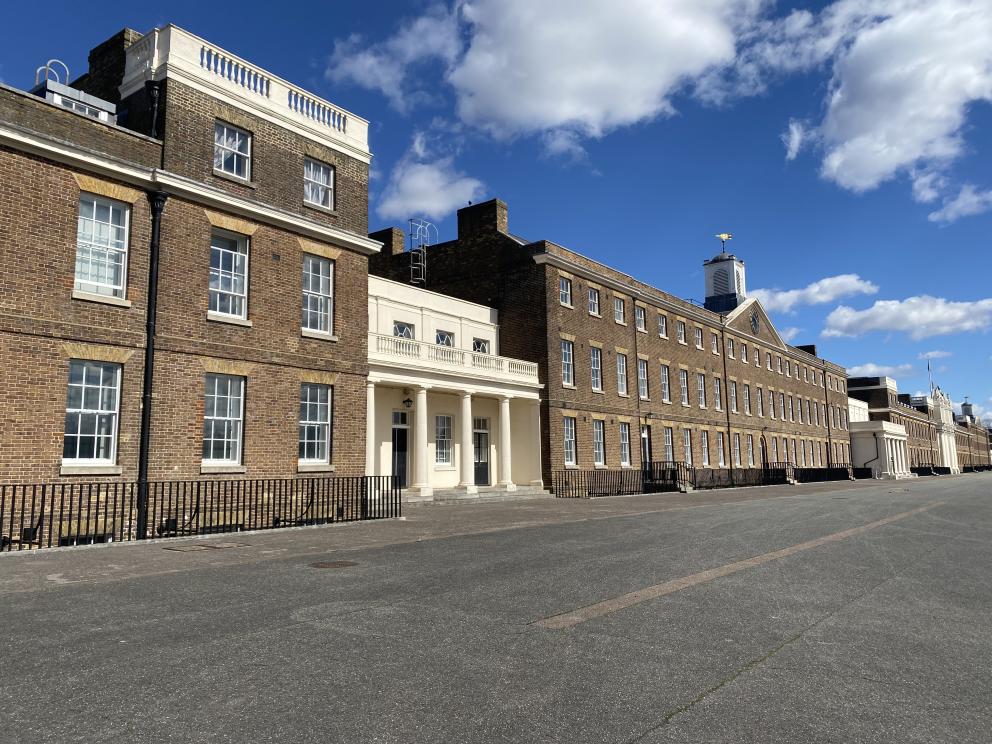Aston McCullough, an expert at Northeastern University and lead researcher on the project, explained that the goal of the study was to find an easy and accessible way for people to stay active.
A recent study has revealed that dancing for just 20 minutes each day can help people meet their weekly exercise targets, offering cardiovascular benefits regardless of the style of dance. The research, which focused on the effects of “solo freeform dancing,” showed that people could achieve significant health benefits from simply moving to music in their own way.
The study, conducted by researchers at Northeastern University in the US, involved 48 participants who were invited to a laboratory where they were asked to dance freely. The participants were told to dance however they wished, with the researchers explaining that they would not be closely observing their movements. Instead, the focus was on gathering data related to the health effects of the activity. This relaxed approach allowed participants to feel comfortable dancing at their own pace without the pressure of structured routines.
Aston McCullough, an expert at Northeastern University and lead researcher on the project, explained that the goal of the study was to find an easy and accessible way for people to stay active. “Dance is a really accessible form of physical activity that people can do, even in their homes,” McCullough said. “The idea was to see whether dancing freely on your own could provide enough intensity to qualify as a health-enhancing activity.”
The findings of the study were promising. Regardless of the type of music or the individual’s dance style, all participants were able to reach a health-enhancing level of physical activity without being instructed on the intensity of their movements. The study showed that simply putting on their favorite music and dancing around was enough to achieve the recommended levels of exercise.
McCullough’s team had hypothesized that dance, even when performed at an unstructured and spontaneous pace, could provide the same benefits as other forms of exercise, such as walking, jogging, or aerobics. “The answer was yes,” McCullough confirmed. “All adults were able to reach a health-enhancing level of activity without being told what intensity to dance at. They just put on their own music and danced around.” One of the key takeaways from the study is that dance offers a flexible and enjoyable way to get active. For many people, traditional forms of exercise can feel daunting or tedious. However, dancing—whether it’s to a favorite song, a new playlist, or just moving around the living room—can make exercise feel more like fun than a chore.
This approach to fitness could have a particularly significant impact on people who find it difficult to commit to structured exercise routines. Dance can be done alone, at any time, and in any place, making it an ideal form of exercise for individuals who are looking for a more enjoyable way to stay active. It also caters to various skill levels, as there’s no right or wrong way to dance. The key is simply moving.
The study also underlined the importance of finding simple, accessible forms of physical activity that can be easily incorporated into daily life. As McCullough pointed out, “The main idea was to make it easier for people to engage in physical activity. With dance, people don’t need to go to a gym or buy expensive equipment. They just need to find some music they enjoy and get moving.”
For anyone looking to meet their fitness goals, solo freeform dancing might be the perfect solution. Whether you’re at home or in a social setting, dancing for just 20 minutes a day can help improve cardiovascular health, boost mood, and increase overall physical activity. So, next time you’re in need of a workout, consider putting on your favorite song and letting the music guide you to better health.









